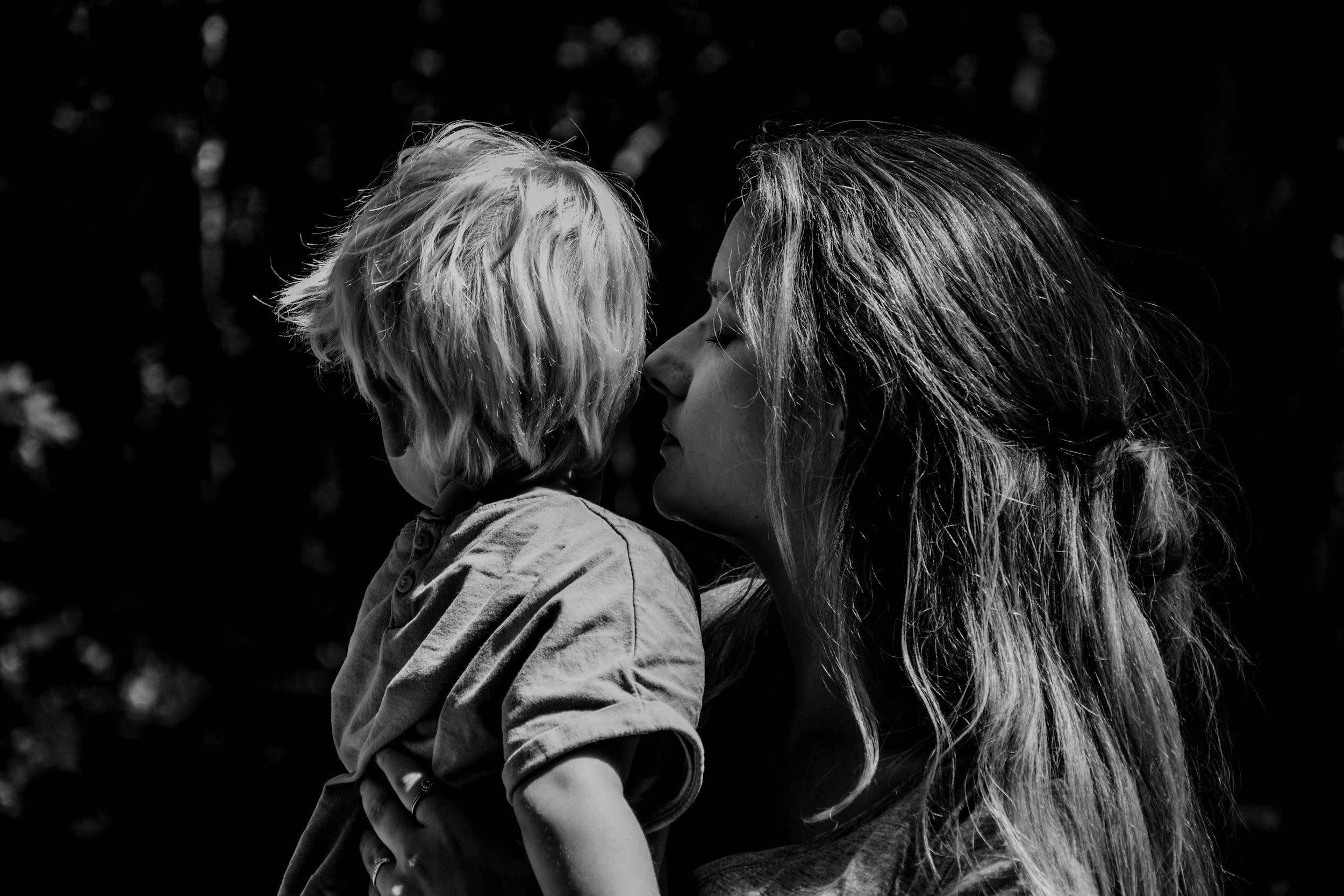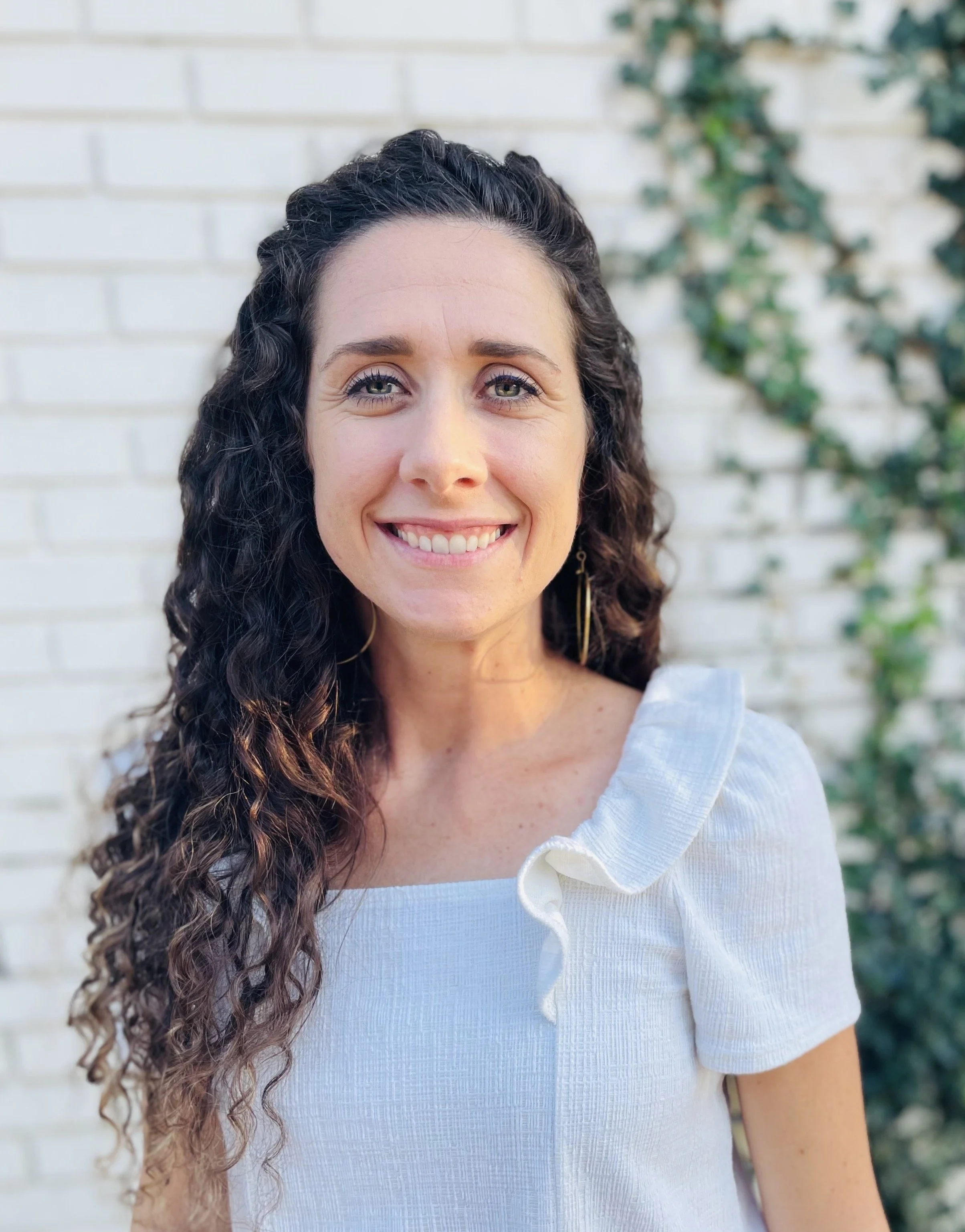Grief
Grief is typically defined as a deep sorrow or overwhelming emotion often due to the death of a loved one. However, grief can also come from other “endings” that are not the result of death. According to the Mayo Clinic, “Grief is the natural reaction to loss. Grief is both a universal and a personal experience. Individual experiences of grief vary and are influenced by the nature of the loss. Some examples of loss include the death of a loved one, the ending of an important relationship, job loss, loss through theft, or the loss of one’s independence through disability.”
Stages of Grief
You may be familiar with the Kübler-Ross Stages of Dying, also known as the Five Stages of Death or the Five Stages of Grief:
Denial: "This can't be happening."
Anger: "Why is this happening to me?"
Bargaining: "I will do anything to change this."
Depression: "What's the point of going on after this loss?"
Acceptance: "I know what happened, and I can't change it. Now I need to cope."
This model was created by Elisabeth Kübler-Ross, a Swiss American psychiatrist who wrote the international best-seller, “On Death and Dying.” She created this model when she was working with terminally ill patients based on their common emotions regarding their own mortality. However, over time, it translated to grief and loss as a whole. This model can be very helpful in seeing the progression of what some common reactions might be, but according to some, it is not the end-all, be-all. In fact, it can actually make those who don’t “fit the mold” feel like something is wrong with them. For some, acceptance can feel like, “I have to get over it” or “I have to move on” which could easily add layers of shame for not progressing through the stages as one “should.”
Getting Grief “Right”
Although the Stages of Grief can be helpful for some, it isn’t for everyone. Local Fort Worth Psychotherapist Patrick O’Malley, Ph.D., was challenged with this model when he himself experienced the devastating loss of his infant son many years ago. Although he has an extensive background in grief counseling, he was challenged by his inability to “move on” and “accept” his son’s premature death. After writing about his experience in the New York Times, he received a huge response that later resulted in his book, “Getting Grief Right: Finding Your Story of Love in the Sorrow of Loss,” with co-authored Tim Madigan. O’Malley’s empathetic and gentle approach reminds readers that “we grieve because we love.” Simply stated, the depth of grief is greater because the depth of love we had for the one we lost was greater.
Conclusion
It’s not about getting grief right. In reality, there is no one right way to grieve. It is unique to each person and takes into consideration a multitude of factors: the relationship with the deceased, the cause of death, grieving person’s age, culture, socioeconomic status, life history, past experiences of loss or trauma, personality, coping skills, support and so on. “All death is traumatic at some level….The more traumatic the death, the more shocking it is to the brain, and the more likely that the aftereffects of trauma will intrude upon or even monopolize grieving, possibly for a long time (O’Malley).” EMDR therapy is an effective approach to help with those feelings of being stuck, triggered and/or traumatized by loss.
Meaghan Semple, LPC
Still have questions or want to schedule a consultation call? Contact me here.



